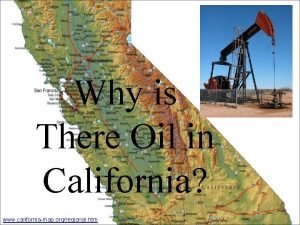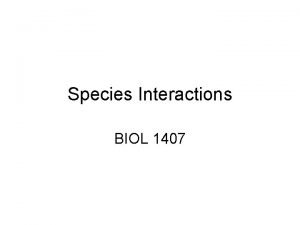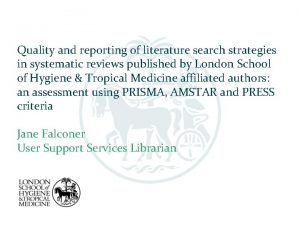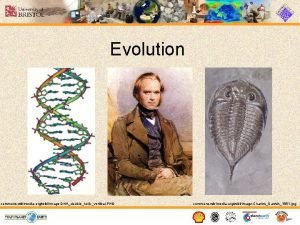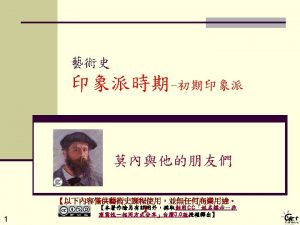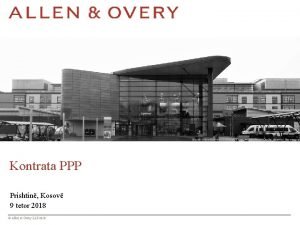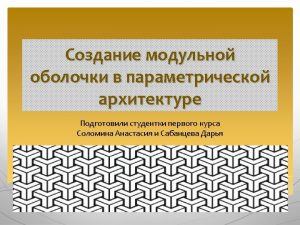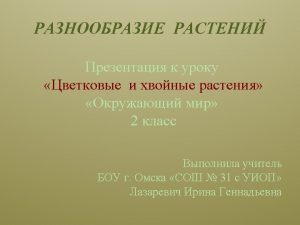Experiments Causation https commons wikimedia orgwikiFile Wundtresearchgroup jpg







- Slides: 7

Experiments & Causation

https: //commons. wikimedia. org/wiki/File: Wundt-research-group. jpg Experiments Wilhelm Wundt’s Experimental Psychology Lab – 1879 University of Leipzig, Germany

Experiments q. In principle, experiments can determine cause and effect relationships. q. Characteristics of experiments q. Direct manipulation of indep variable q. Control group(s) or Control Condition(s) q. Random assignment to groups / conditions

Causal Inference q. Three conditions must be met to conclude something CAUSED something else. q. Correlation (necessary but not sufficient) q. Time-order relationship (causes precede effects) q. Elimination of plausible alternative explanations

Experiments q. Well designed experiments eliminate demand characteristics, i. e. , cues that suggest how a participant should behave. q A placebo condition, i. e. , one containing no active ingredient or manipulation, can be used to eliminate demand characteristics. q “Active Placebos” produce noticeable side effects. https: //en. wikipedia. org/wiki/Active_placebo q. Double Blind Study – Occurs when neither the participants nor data-collectors know who is in which condition. This minimizes demand characteristics & researcher bias.

Experiments q. Between-Subject Experiments: Each participant receives only one level of the independent variable. q. Ex: A participant receives either the drug or the placebo, but not both. q. Within-Subject Experiments: Each participant receives all levels of the independent variable. q. Ex: A participant receives the drug at one time, and placebo at another. Precaution is needed to prevent an effect merely from the sequence of conditions (“order effect”).

